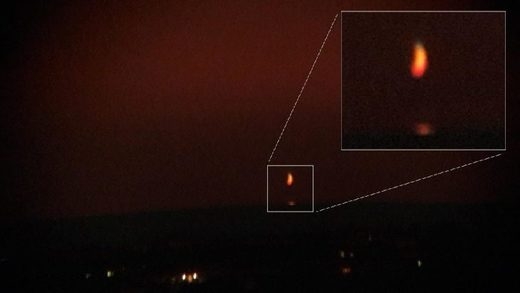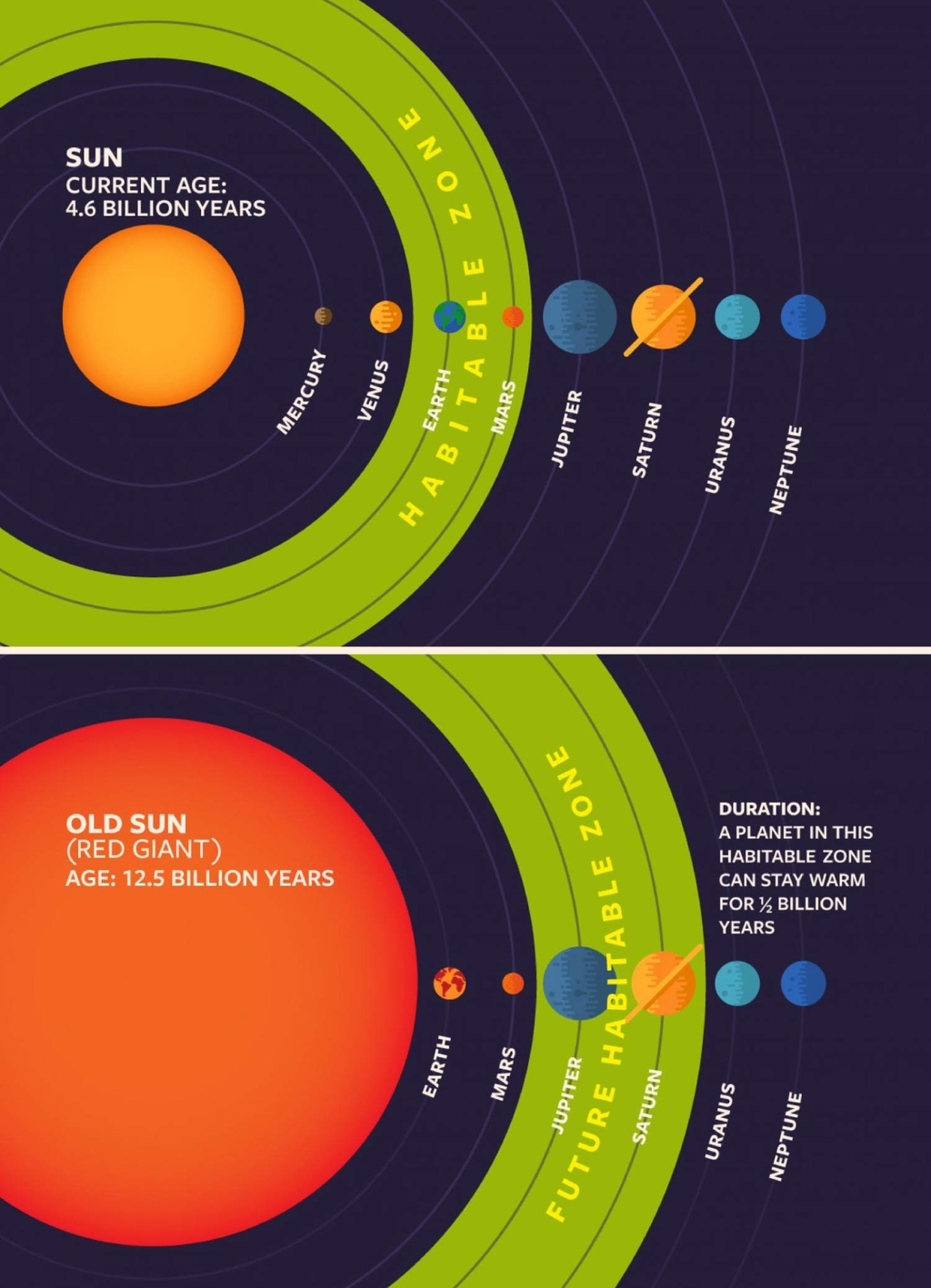Venus and Mars Conjunction

This week, Venus and Mars come close together in our night sky - ideal for naked-eye astronomy.
As you might remember from last Christmas, a conjunction is when two planets or celestial bodies appear very close together in our night sky. This time though, it’s not the Solar System’s gas giants Jupiter and Saturn that are meeting, it’s Earth’s closest neighbours Venus and Mars. On the 13th of July, they will appear just a finger’s width apart – less than a full Moon, about half a degree – although their distances from Earth will still be 210 million km and 370 million km respectively. They will then slowly drift apart again.

You can track the planets’ rise and set time for your location on the time-and-date website. Venus is often known as the “Evening Star” or “Morning Star” because it’s the first object you can spot when the sky becomes dark or the last one to fade when the Sun rises. It has an apparent magnitude of -3.9, when the brightest “actual” star Sirius is at -1; always keep in mind that the lower the magnitude, the brighter the object! Mars’ magnitude is only 1.8, which means it’s still easily visible to the naked eye, but you have to watch out for its distinct red glow. Notice that the Moon will be in its Crescent phase, only 10%-illuminated, so it should be strightforward to spot the slightly fainter Mars.
The planets have fascinated the human mind for millennia: an interesting example is how for the Euahlayi people, an Aboriginal Australian population, the Venus-Mars pair represents the eyes of the creator ancestor. During close encounters like this conjunction, they would hold a ceremony with another tribe, the Maranganji people, for which they’d bring a green stone and their counterparts a red one. Venus is symbolised by green because of an atmospheric effect: when Venus is setting, its light gets scattered so that the green wavelengths become dominant. This is more commonly known for the Sun, but the effect can be pronounced for any bright object as its rises or sets, especially over a seaward horizon. However, this green flash is quite a challenging target to capture!

Aside from observations of the astonishing colours that these planets can exhibit, a more recent field of astronomy has considered Earth’s two neighbours too. You probably know where this is going, as a number of previous articles have addressed it: astrobiology. It is very likely that in the early days of the Solar System, Venus, Earth and Mars were all three in the “Goldilocks zone”, the area around a star in which water could occur in liquid form, a possible pre-requisite for life. Yet it is only on Earth that oceans haven’t dried up and the conditions remained habitable. This is known as the faint young Sun paradox – when it was young, the Sun would theoretically only produce 70% of its current energy output, so how could Earth and Mars not be frozen? Additionally, considering factors like atmospheric greenhouse effects or astrophysical influences like moons might explain this, how have the conditions on Earth remained stable enough for life to strive despite the variable solar output? A star’s “Goldilocks zone” indeed evolves with time, most drastically when it is going into its red giant phase in the later part of its life – when the Sun will be double its age, the habitable zone will be found between Jupiter and Saturn.

Earth’s nearest neighbours Venus and Mars have always fascinated humans, and continue to do so. Remember to look up at the early night sky this week to spot their conjunction, weather willing!
Cover Image: Venus and Mars conjunction, R. Kelly
Image Credits:
1 - Venus and Mars one finger apart, NASA/JPL-Caltech
2 - Venus green flash, P. Palma
3 - Goldilocks zone for current and old Sun, Cornell University
